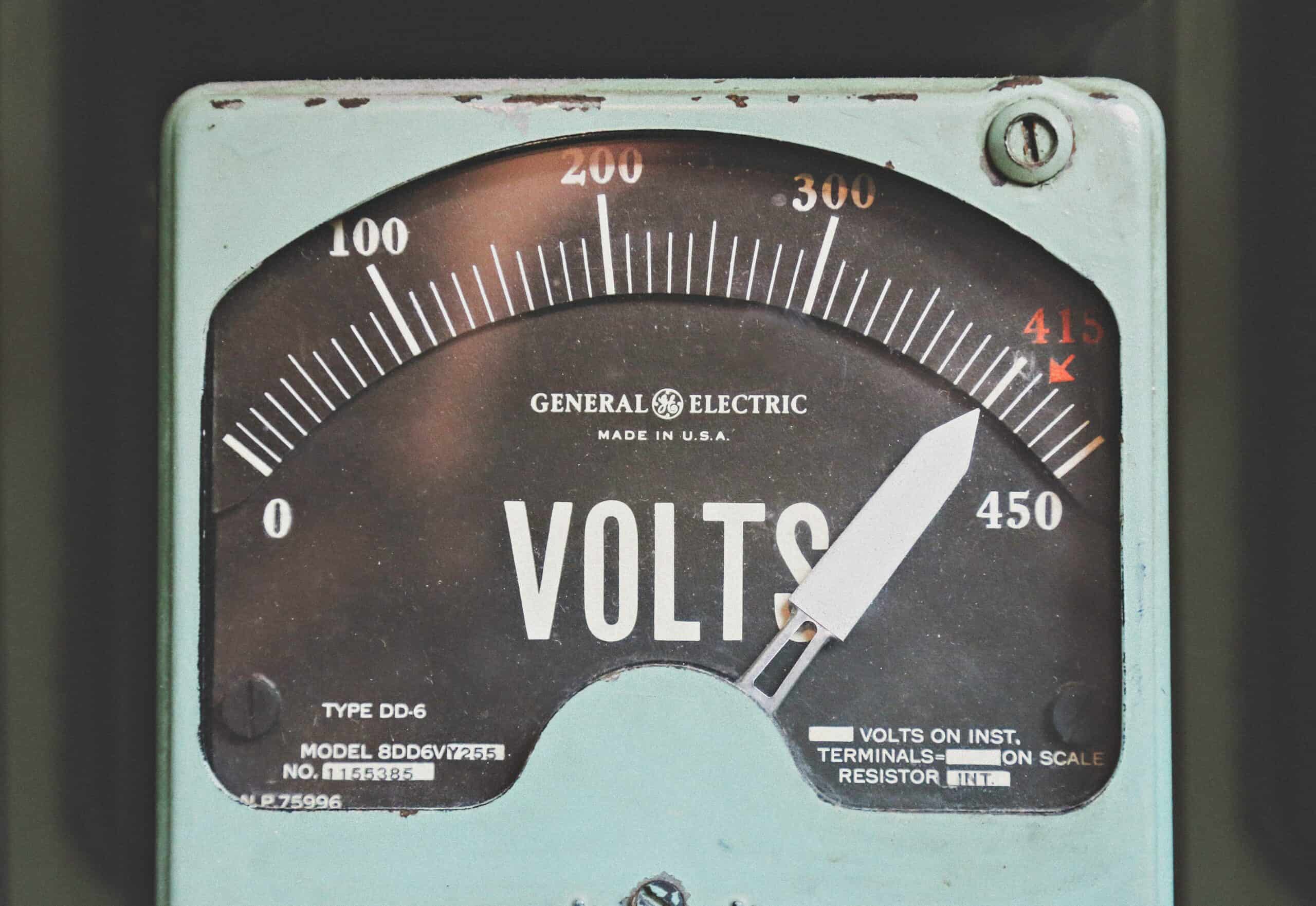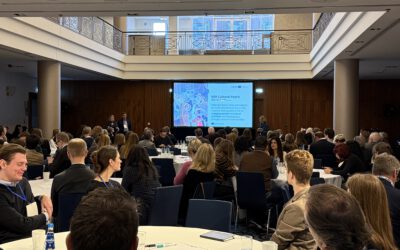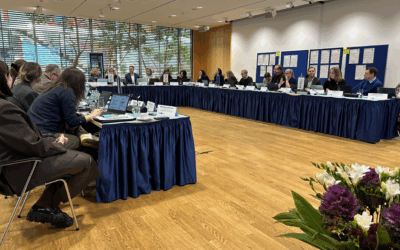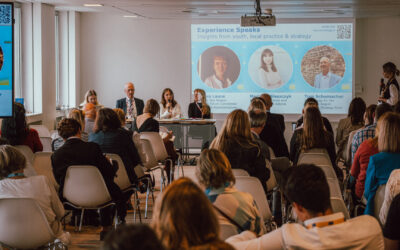Heating, supply of warm water and cooling in private households account for approx. 80% of the overall European energy consumption. In the Interreg project Act Now!, nine municipalities in countries across the Baltic Sea region enhanced local energy plans to improve energy efficiency.
Why do we need more energy efficiency in the building sector?
Increasing energy efficiency is Europe’s most cost-effective way to cut emissions. However, its potential isn’t always fully exploited. This is also the case in the building sector, which is responsible for nearly 40% of the EU-wide energy consumption. There is an urgent need for energy efficiency measures to reduce energy consumption in the existing buildings.
Strengthening the role of the local authorities
The Interreg project Act Now! addressed the challenge of energy losses in the building stock. As cities and municipalities play a crucial role in implementing climate protection targets, the project stressed the importance of local authorities operating in climate protection and energy saving. They have the potential to take the leading role and showcase excellent examples in this field, for instance, by developing strategic energy action plans (SEAPs) or energy efficiency measures in the building stock.
However, as the smaller local authorities, in particular, lack sufficient capacities related to resources, structures and knowledge, the project identified and addressed the main gaps, which are:
• Insufficient information about the most effective measures due to poor monitoring data and undeveloped energy management systems,
• Shortage of knowledge and capacities in initiating and planning investments,
• Inadequate awareness and workflows jeopardising the realisation of smart energy efficiency measures,
• Poor financial resources and competencies for raising the funding for investments,
• Limited competencies and experiences to convince private facility owners to enhance the energy efficiency of their buildings.
Tangible results and their distribution
Act Now! project developed and tested a self-assessment tool to identify the needs and individual capacity building schemes to strengthen the skills in energy management and energy efficiency in municipal facilities. Furthermore, the project partners addressed private investors like housing companies and landlords to engage them in stimulating investments in energy efficiency.
Nine municipalities (Bremerhaven (Germany), Kaliningrad (Russia), Gdynia (Poland), Silute (Lithuania), Gulbene (Latvia), Elva (Estonia), Sievi (Finland), Mönsteras (Sweden), Sonderborg (Denmark)) across the Baltic Sea region jointly developed and implemented the Act Now! concept as twinning with coaching expert partners such as higher education institutions, energy agencies or consultancies.
Based on the experience gained, project partners further developed the self-assessment tool and transferred the project results to interested local authorities outside the project partnership through a range of reports, workshops, conferences and information leaflets.
Core players involved to boost energy efficiency
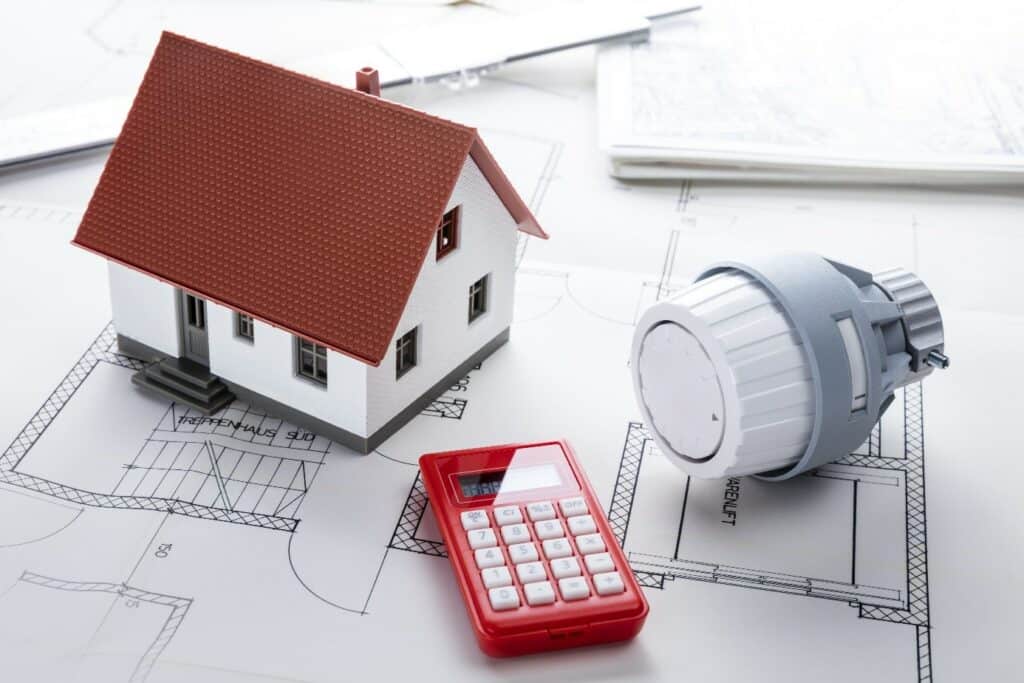 ⒸPantherMedia/Mario Pagnacco
ⒸPantherMedia/Mario Pagnacco
In each participating municipality, the project set up a “Local Energy Efficiency Group” (LEEG). Property management companies, banks, consumer associations, tenant associations, energy suppliers and the construction industry formed the LEEGs. The workgroups tested how to improve municipal energy efficiency in the building sector.
Thanks to a close dialogue with key local stakeholders, municipalities can make an important contribution to climate protection. However, enhancing their skills related to energy efficiency in buildings is a precondition to achieve this objective. The starting point was to identify existing skills and essential gaps needed for the implementation of energy efficiency measures in each municipality.
The LEEGs’ members have then received on-the-job training from expert partners like energy efficiency firms and research institutions. As a result, each LEEG developed follow-up projects including feasibility studies and funding applications or tenders for energy service company participation.
ACT Now! Achievements in practice
For example, in Mönsterås the planned follow-up project includes a portfolio of thirteen buildings with a total surface area of around 88,000 m² and a mix of public uses. All of these buildings will be renovated. These renovations comprise several technical measures, including energy-related improvements. The overall budget for renovations is around € 9.5 million, over a period of four years. This includes retrofit investments of € 3.73 million. Pooling renovation of several buildings into a portfolio of projects reduces the overall risk as problems faced in one project may be compensated by successes in others.
Another example is the financing model developed for Bremerhaven. It enabled to apply for funding for an energy refurbishment concept for an art nouveau residential quarter. The concept shows how a neighbourhood with a historic architectural heritage worth preserving can be made climate-neutral. A part of the follow-up funding is used for redevelopment management. This advises and supports residents, administration, local politics, private entrepreneurs and house owners in implementing the corresponding measures in the neighbourhood in an orderly and successful manner.
Furthermore, an essential component of energy efficiency is up-to-date energy monitoring. With the funds for investments in the project budget, technical solutions for energy monitoring were installed in Gdynia, Silute, Elva, Gulbene, Kaliningrad and Sievi. These are, for example, energy consumption and indoor climate monitoring system for public buildings (Elva), 36 heating energy meters and 81 remote data reading systems in the whole municipality (Gulbene), air condition data loggers with a monitoring system for selected school buildings (Gdynia) and the improvement of the existing energy management system through the introduction of automated energy management in various municipal buildings (Kaliningrad).
The project partners packed their novel concept into the manual “From Sustainable Energy Action Plan (SEAP) to investment” and four comprehensive financing and strategic approach guidelines. The project’s results are now easily accessible via a web-based learning tool. An evaluation of the use of the tools is also planned one year after the end of the project.
Article by Ulrich Müller, ACT NOW! Project Assistant, LOCAL Büro für Projektberatung und Projektmanagement, with the support of the Communication team of Interreg Baltic Sea Region Managing Authority Joint Secretariat.



